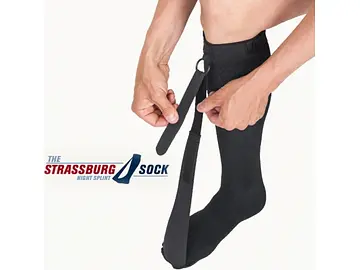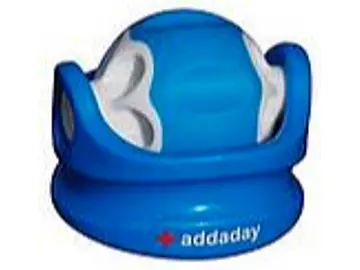What is Plantar Fasciitis?
Plantar fasciitis is a common running-related injury that affects the plantar fascia in your foot.
The plantar fascia is a band of connective tissue that connects to the back of your heel bone and runs along the bottom of your foot to your toes. Its job is to support your foot as you walk and run, acting like a shock absorber and preventing your arch from collapsing during the gait cycle.
People with plantar fasciitis might feel pain on the bottom of their foot near the heel when they first get out of bed in the morning or after not moving for long periods of time. The pain will subside throughout the day as you get moving.
Dave Strassburg, of the plantar fasciitis sock company Strassburg Medical, says the condition is a result of the plantar fascia (that tough band of tissue) moving away from the insertion point at the heel. Strassburg compared plantar fasciitis to a cut on your finger.
“Think about if you had a cut on your knuckle," Strassburg says. "While your finger is straight, the cut can close up and heal. But the moment you bend your finger, the cut bursts open again.”
This is similar to how plantar fasciitis works and why it tends to be most painful in the morning. While you’re asleep at night, the fascia starts to heal and reattach. Then, when you wake up and put weight on your foot, it pulls away again.









Join our Newsletter
Get deals, events, and more.
Connect with Fleet Feet
Get involved on social media.
Find a Location
Fleet Feet has over 250 locations nationwide!
Find a Store